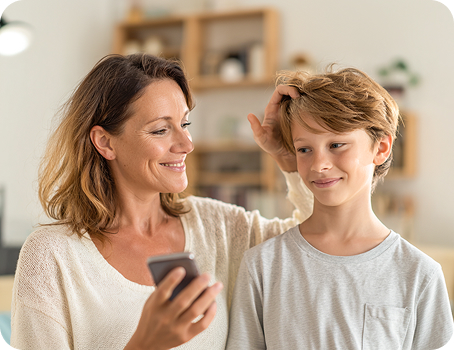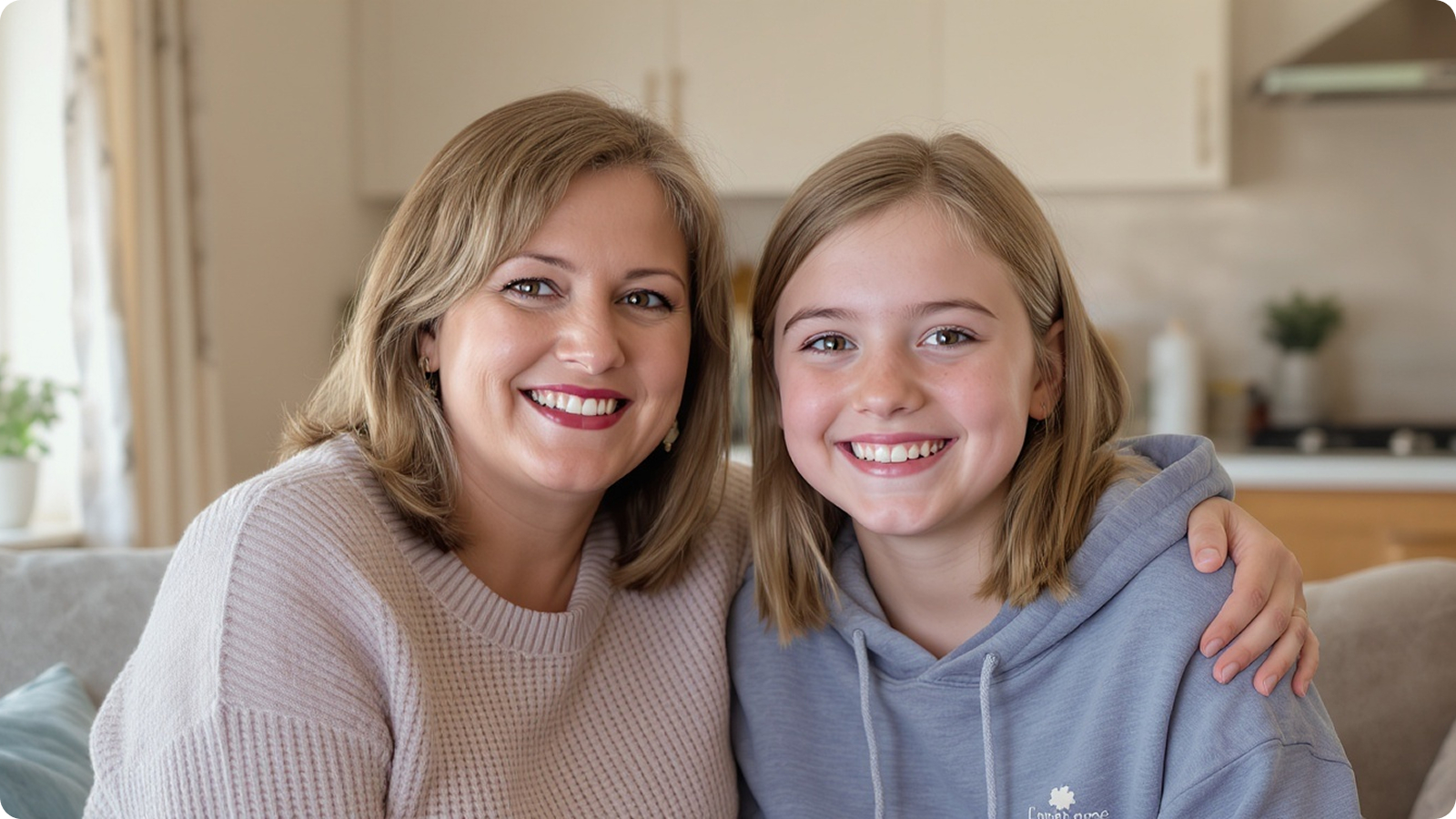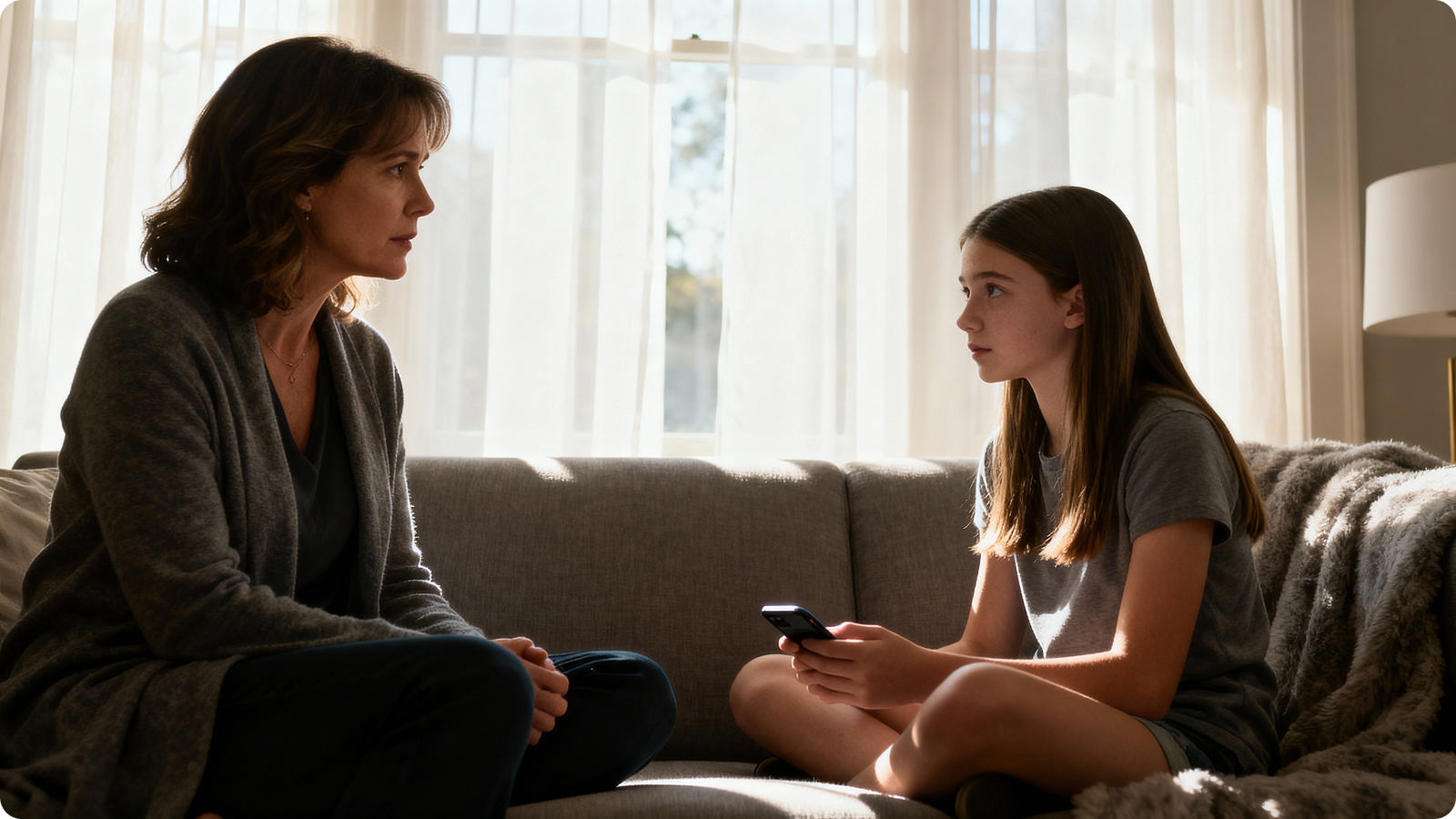I'm Elena Ruiz, a graphic designer from Nevada and mom to 11-year-old Miles. Last fall, I thought YouTube was harmless—Miles watched Minecraft tutorials and DIY craft videos on his tablet every afternoon after homework. He seemed happy and engaged, learning new things. But one Saturday morning, I walked past the living room and heard cursing coming from his tablet. "Miles, what are you watching?" He quickly minimized the screen. "Nothing, Mom. Just a gaming video." His face was red. I felt my stomach drop. When did his "safe" YouTube time turn into something I couldn't trust? That afternoon, I knew I needed to dig deeper.
Meet the Ruiz Family Story
From innocent clicks to dangerous suggestions—how we took back control of what our son watches

Our Family's Struggle

Challenge
It started innocently in September. Miles loved watching slime tutorials and Roblox gameplay after school—totally appropriate for an 11-year-old. But YouTube's algorithm had other plans. Within three weeks, I noticed changes. He'd laugh at jokes I didn't understand, repeat phrases that sounded too mature. One evening during dinner, he casually said something crude. "Where did you hear that?" I asked. "YouTube," he shrugged, like it was no big deal. I checked his tablet that night while he slept. His watch history made my heart race—videos with sexual thumbnails, violent gaming content, prank channels with profanity every other word. The titles alone were shocking. I confronted him the next morning. "Mom, it just pops up! I click one video and it shows me more!" He wasn't lying. YouTube's autoplay had dragged him down a rabbit hole from craft videos to completely inappropriate content. I felt furious and helpless—how could I control what he saw when the platform itself was pushing this garbage?

Solution
A mom in my neighborhood Facebook group recommended FamiSafe after I posted about my YouTube nightmare. I installed it that same day and connected Miles's tablet. The watch history analysis feature was a game-changer—it flagged dozens of inappropriate channels and videos I'd never even seen. I blocked every problematic channel with one click, enabled YouTube's strictest content filter through the app, and set daily viewing limits. I also created scheduled access times—only 90 minutes after homework, and nothing after 7 PM. Then I sat with Miles and explained why. "These videos aren't teaching you anything good, buddy. They're designed to grab your attention, not help you grow." He nodded slowly. "I didn't realize how bad some of it was, Mom." Over the next month, his recommendations reset completely. His homepage went back to craft tutorials, science experiments, and age-appropriate gaming. He started asking me to watch videos with him again. "This one's actually cool, Mom—want to see?" Those moments meant everything to me.
The Ruiz Family Today








